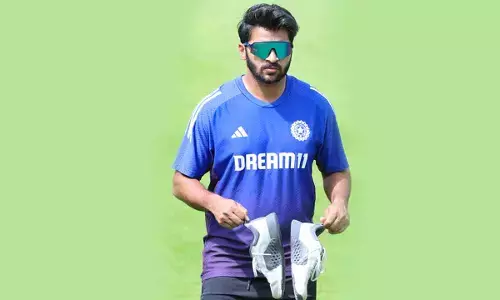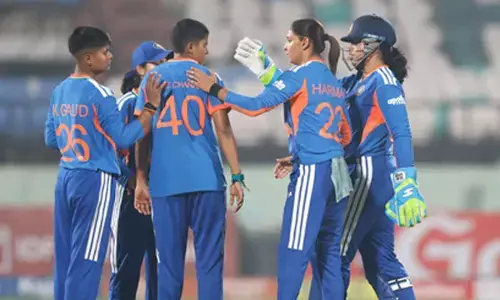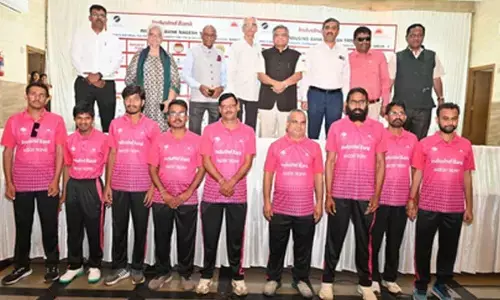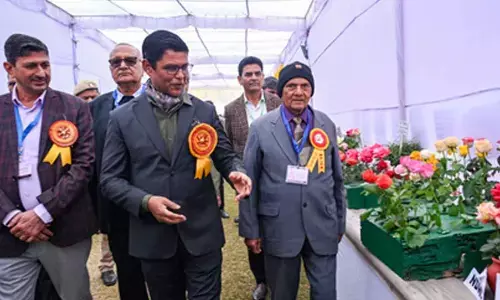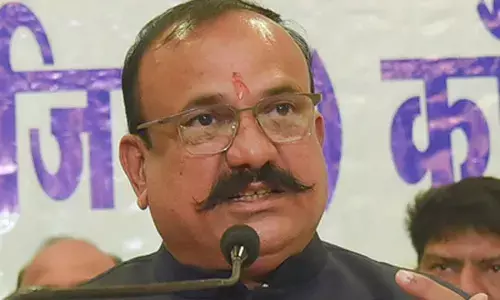After 86 years, Mumbai’s famed non-AC double-decker buses to fade into oblivion
Share :

After 86 years of lording several routes in Mumbai, the iconic non-air-conditioned double-decker BEST buses will officially ‘retire’ from the service of the commuters Friday night, officials said.
Mumbai: After 86 years of lording several routes in Mumbai, the iconic non-air-conditioned double-decker BEST buses will officially ‘retire’ from the service of the commuters Friday night, officials said.
The last of the five such buses plying on certain routes in south Mumbai will go into oblivion, followed by a handful of open-deck double-decker tourist buses which will be retired on October 5.
However, the BEST has introduced 16 air-conditioned, electric double-decker buses -- first unveiled by Union Transport Minister Nitin Gadkari in 2022 -- with closed doors on a few routes and 18 more will be joining the fleet in phases over the next few months.
Of the 18, around 10 will be deployed south Mumbai and the rest will serve in the suburbs, with plans to acquire and add more such buses in the fleet.
Currently, a little over 3,000 BEST single-decker buses criss-cross Mumbai, parts of Navi Mumbai, Thane, Raigad for the benefit of over three-million daily commuters and are considered “the reliable, all-weather life-line of Mumbai”.
The first of the non-AC double-deckers was introduced on Mumbai roads way back in 1937, eleven years after the BEST bus services were launched in the city in July 1926.
Visible from a long distance, these buses -- some with a vestibule where the driver’s cabin was separate from the rest of the vehicle -- were popular for the large and spacious commuter ‘boarding deck’.
A tiny curving staircase led to the upper deck, the most popular especially for a long ride, and a small hop on a raised level to travel on the lower deck with two side seats and rest facing the front, preferred by those making a short trip.
On certain crowded routes, there would be nearly a dozen commuters jostling for space on the ‘boarding deck’, waiting to get off at their stop, before another flood of commuters would board it, but in case of a sudden brake, there would be a pile-up of people right there!
Teenagers or kids would rush to the upper-deck, and virtually indulge in fisticuffs for the two front row seats which offered an uninterrupted view of the Mumbai sights and scenes ahead, and of course, a strong cool breeze to soothe tempers in any weather, though in monsoon, the windows had to be slid down.
Many regular commuters would actually time their journeys to match the double-decker services, and on rare occasions when a regular bus arrived, they used to be greeted with mute curses and whispered profanities.
At one point, there were more than 240 double-deckers zooming across the city which gradually came to 122 in 2010 and just 48 by 2019, and now only five remain and shall drive into nostalgia this night.
The latest decision is in accordance with the decision to phase out all buses which are 15 years old and replace them with a new fleet for environmental, safety, operational and commercial reasons.
Incidentally, the non-AC open-deck double-decker buses were introduced in January 1997 with Maharashtra Tourism Development Corporation, for tourism, especially night tours, and proved very popular.
Double-decker buses, stylish, colourful and built in different models, are popular around the world as a quick and efficient form of mass transportation system and are even plied on long distances in some countries.







